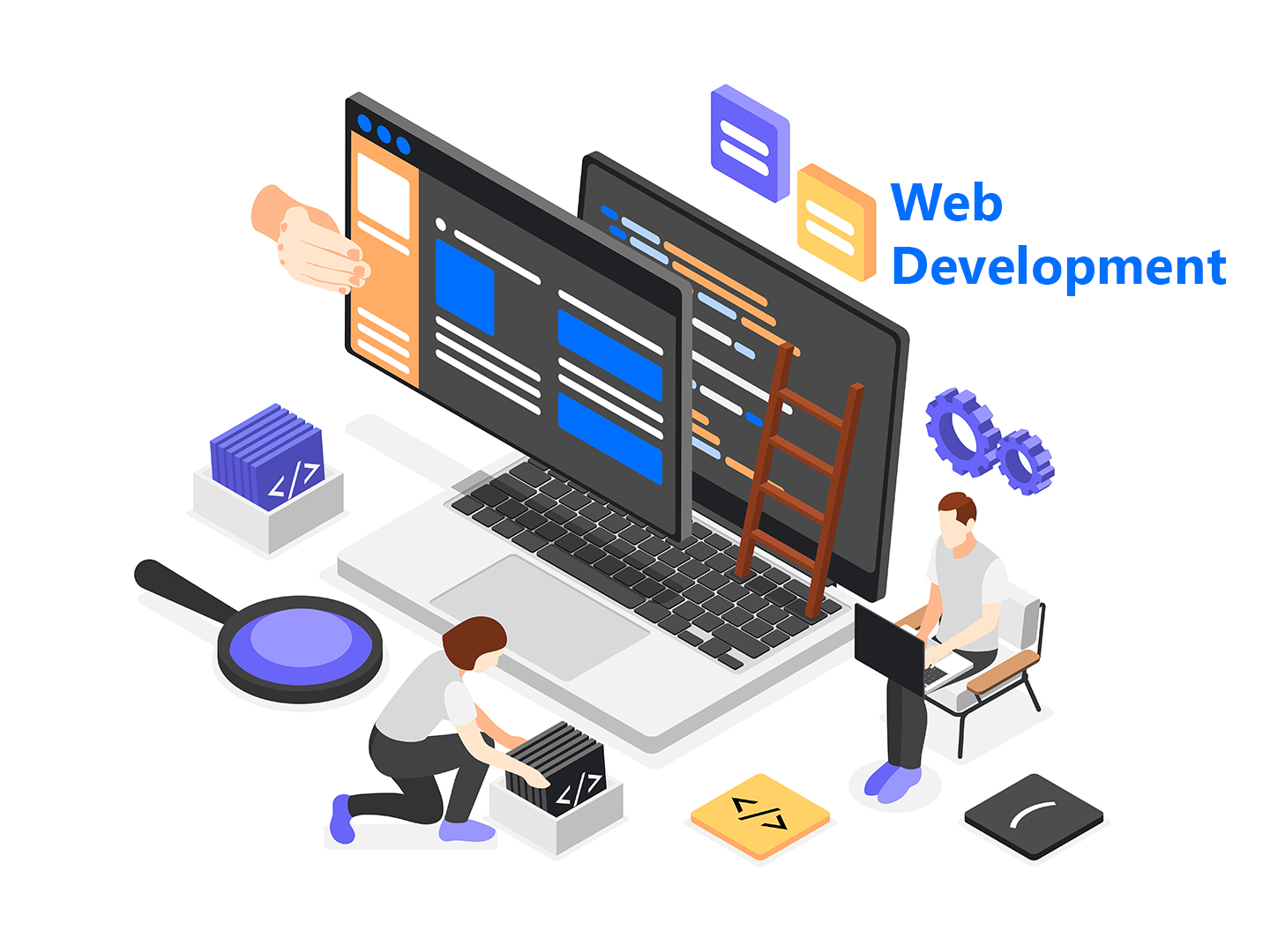
Web development has become a cornerstone of the digital age, powering businesses, services, and user experiences worldwide. From crafting stunning designs to building scalable and interactive platforms, here's an exploration of key aspects and technologies involved in modern web development.
Web development involves creating, designing, and maintaining websites to ensure seamless functionality, performance, and user experience. A well-structured website can:
Web development spans two key areas: frontend (client-side), focusing on the design and interface, and backend (server-side), managing databases and server interactions.
eCommerce websites demand specialized development to handle features like product catalogs, secure payment gateways, and personalized user experiences.
Key Features of eCommerce Development:
HTML5 and CSS3 are the building blocks of web development, providing structure and style to webpages.
Why Use HTML5 and CSS3?
Frontend design focuses on how users interact with a website. It combines visual aesthetics with functionality to create a seamless experience.
Core Aspects of Frontend Design:
With mobile users dominating web traffic, responsive design ensures websites look and function flawlessly across devices.
Benefits of Responsive Design:
Frameworks like Foundation and Bootstrap simplify creating responsive layouts.
React JS is a popular JavaScript library for building user interfaces. Developed by Facebook, it is ideal for creating dynamic and scalable web apps.
Why Choose React JS?
Angular JS, backed by Google, is a powerful JavaScript framework for developing feature-rich applications.
Features of Angular JS:
 Best Mobile App Development Company in Delhi NCR | Oprezo India
Best Mobile App Development Company in Delhi NCR | Oprezo India
 Top Web Development Services in Delhi/NCR | Oprezo India – React JS, Angular JS, eCommerce & More
Top Web Development Services in Delhi/NCR | Oprezo India – React JS, Angular JS, eCommerce & More
 Top Mobile App Development Company in Delhi / NCR | Oprezo India
Top Mobile App Development Company in Delhi / NCR | Oprezo India
 Mobile App Development in Delhi - Android, iOS, Hybrid & Flutter | Oprezo India
Mobile App Development in Delhi - Android, iOS, Hybrid & Flutter | Oprezo India
 Why Oprezo India is the Best Web Development Partner in Delhi NCR?
Why Oprezo India is the Best Web Development Partner in Delhi NCR?